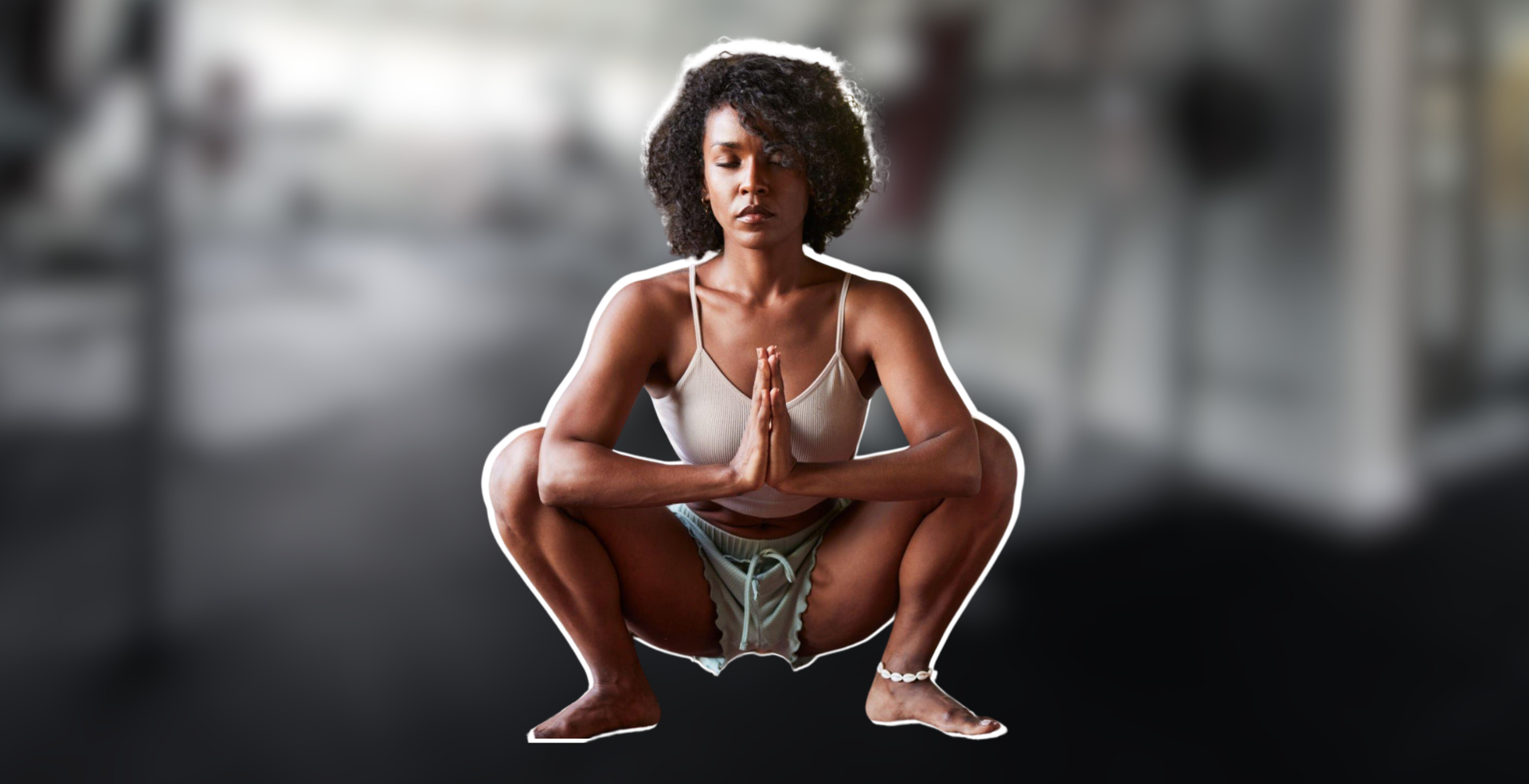Energy’s latest music video, “Friday Night,” has sparked a surprising trend by challenging Madonna’s high-difficulty 16-squat move from her 2001 concert. This unexpected Asian squat challenge has drawn attention from celebrities, fitness influencers, and broadcasters, who are eager to take part. While many applaud their efforts, some express concerns about the potential discomfort and strain caused by this move. Is the 16-squat challenge suitable for everyone’s workout routine?
The risks of the 16-Squat challenge
The 16-squat move poses a relatively high difficulty for those without a dance background or a strong fitness foundation. The continuous squatting and jumping involved in practising this move can put a significant strain on the knee and hip joints, increasing the risk of injury.
Additionally, the repetitive deep squatting and jumping may impose excessive pressure on the cardiovascular system. It is advisable not to blindly follow trends but instead choose exercises that suit individual fitness levels.
@madonna_nation the « squat challenge » of Madonna 🤩 #squatchallenge #madonna #show #music #singer #donttellme #madonnafans #fypシ ♬ son original – Madonna Nation 💎
Why is it called the Asian squat?
It’s said that only 13.5% of Europeans and Americans can perform the Asian Squat (including Asians, fitness enthusiasts, and yogis). This discrepancy may be due to differences in body size, with Europeans and Americans generally being taller, or early toilet usage habits affecting body mechanics, making it difficult for many to squat comfortably.
Benefits of the Asian squat
- Reduces the damage caused by prolonged sitting
Squatting after sitting for long periods can activate joints, help relax the muscles around the waist, and improve balance.
- Benefits cardiovascular health
Squatting promotes smooth blood circulation, reduces arterial hardening, lowers blood lipids, and decreases the incidence of coronary heart disease and stroke. It also expands the chest and lung activity range, thereby improving cardiovascular function.
- Weight loss and shaping
Squat exercises can burn fat, especially targeting the waist, hips, abdomen, and legs. Targeted squat exercises can strengthen knee joint stability and lower limb muscle strength, promoting speed, explosiveness, and endurance while also helping to shape the thighs and buttocks.
- Joint lubrication
Squat training involves regular folding of the lower limbs, providing excellent stretching exercises for the joints.
- Promotes blood circulation
The stronger the lower limbs and feet, the stronger the heart. Good lower limb blood circulation can push blood flow from the extremities back to the heart, ensuring smooth circulation throughout the body.
Additional benefits for women practising the Asian squat
While the squat posture may not be aesthetically pleasing, experts have found that squat training not only benefits health but also has aesthetic effects for women.
- Prevents premature breast sagging and promotes breast enhancement
Squatting can reduce excessive breast movement, thereby avoiding premature breast sagging. During squat training, the squeezing pressure from the thighs and waist can massage the breasts, resulting in a breast enhancement effect.
- Improves urinary incontinence
Many women experience pelvic floor muscle relaxation after childbirth, leading to tension incontinence. By engaging in squat movements that target the pubococcygeus muscle, individuals can alleviate tension incontinence and improve pelvic floor muscle tone, ultimately enhancing sexual health.
Correct practice method for the Asian squat
Squat down to the lowest position with your feet flat on the ground, thighs folded, buttocks close to the heels, and knees spread outward.
This article was syndicated from Marie Claire Taiwan
Translated and adapted by Praise Vandeh, Marie Claire Nigeria Content Writer


